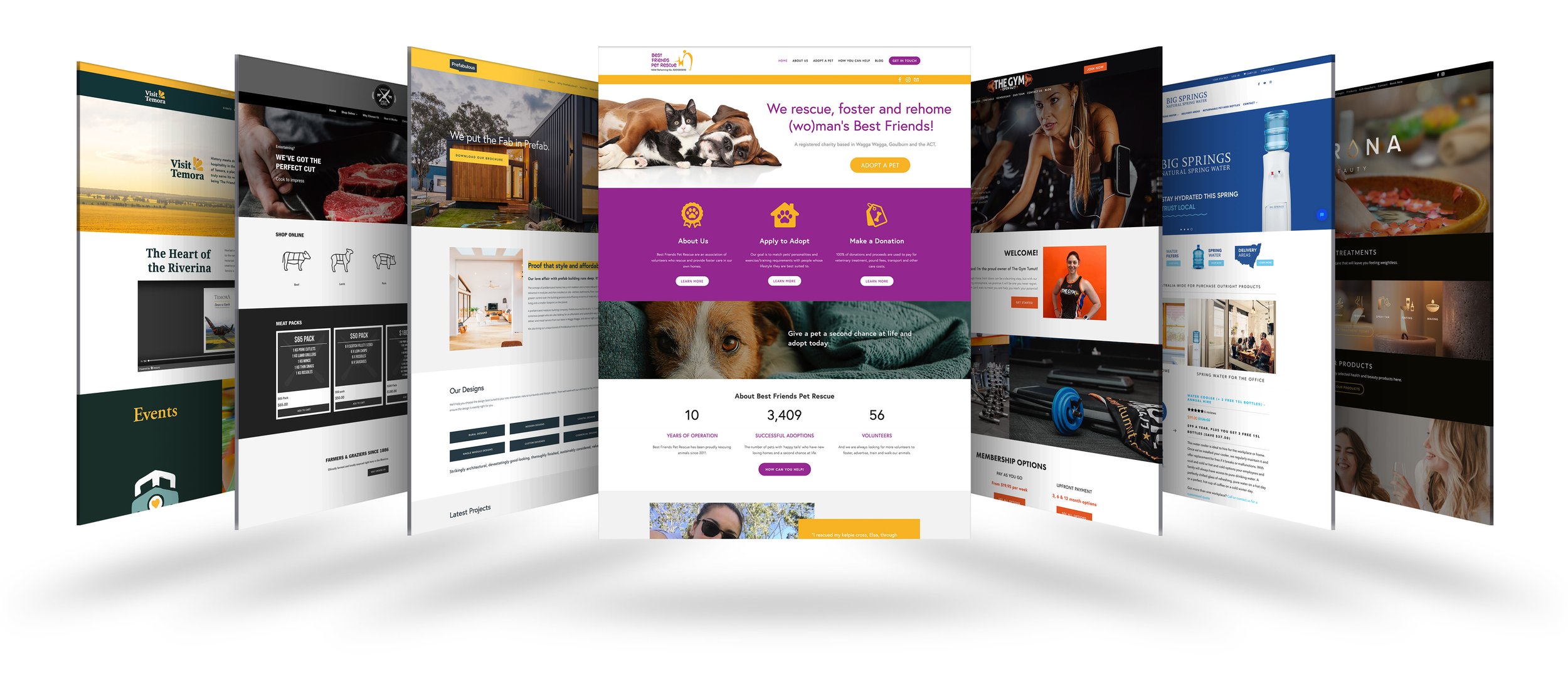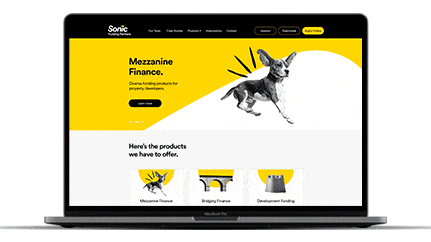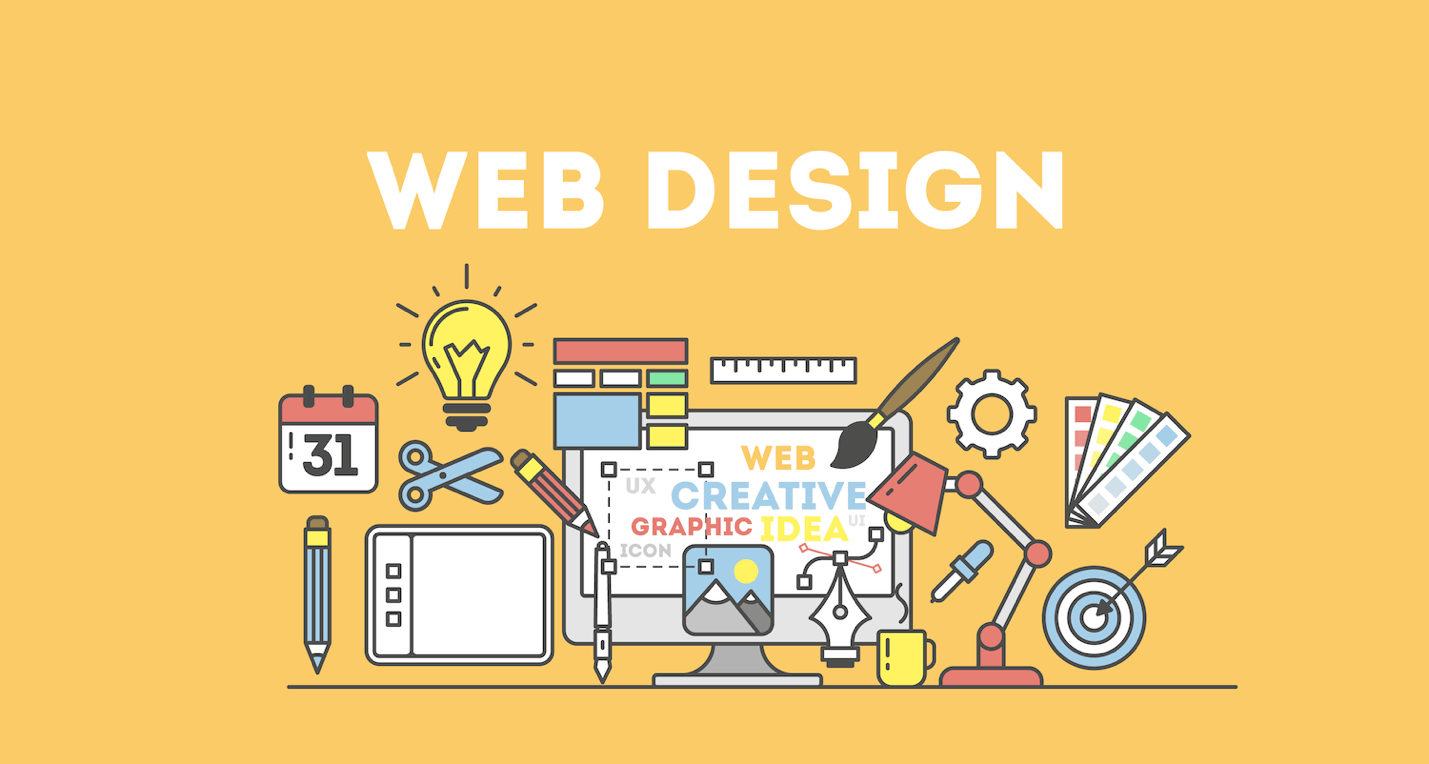Leading Tips for Producing an Impactful Internet Site Layout That Transforms
In today's electronic landscape, the value of an impactful internet site design can not be overemphasized, specifically when it comes to converting site visitors right into clients. To accomplish this, one must consider a variety of elements, including understanding the target audience, prioritizing individual experience, and enhancing for mobile platforms. Furthermore, the critical usage of engaging call-to-actions and a distinct visual power structure plays a crucial duty in directing customers via their trip. As we explore these vital components, it becomes apparent that the success of your website depends upon more than simply appearance; it needs a thoughtful method to design and functionality.

Understand Your Target Audience
Understanding your target market is fundamental to efficient web site style, as it lays the groundwork for producing an interesting individual experience. Recognizing that your users are, including their demographics, choices, and behaviors, allows developers to tailor the internet site's content, layout, and performance to fulfill certain demands.
Conducting detailed market study is crucial in this process. Surveys, meetings, and analytics can provide important insights into user expectations and pain points. By compiling this information, developers can produce user personalities that represent different segments of the audience, guaranteeing that style decisions are notified and relevant.
Furthermore, recognizing the target audience helps in choosing appropriate style elements such as shade systems, typography, and images that reverberate with customers. A site that speaks straight to its audience promotes a sense of connection and trust, motivating longer gos to and higher conversion prices.
Inevitably, a user-centered approach to internet site layout not just enhances customer satisfaction yet also supports business purposes by driving involvement and commitment. By focusing on the needs and preferences of the target audience, a website can properly serve its function and accomplish desired results.
Prioritize Customer Experience
To improve the overall performance of a web site, focusing on user experience (UX) is essential (Website Design). A properly designed UX makes sure that visitors can browse the site effortlessly, locate information promptly, and engage with material meaningfully. This results in raised individual satisfaction and higher conversion rates
Begin by implementing user-friendly navigation. Menus ought to be realistically structured, permitting individuals to locate essential areas of the site with marginal initiative. Consistency in style aspects, such as shade schemes and typefaces, promotes knowledge, which is important for keeping user interaction.
In addition, take into consideration the filling speed of your internet site. A hold-up of simply a couple of seconds can result in considerable drop-offs, as users are much less most likely to wait for a slow-loading web page. Enhancing photos and optimizing code can enhance performance and preserve site visitors.
By prioritizing customer experience, you not just develop an extra pleasurable atmosphere for visitors yet likewise strengthen your brand name's reputation. Inevitably, a focus on UX is a financial investment in the long-lasting success of your web site.
Optimize for Mobile Tools
Optimizing for smart phones is critical in today's electronic landscape, where a boosting variety of users access article source internet sites through smart devices and tablet computers. A mobile-friendly design not just boosts customer experience yet additionally plays a substantial function in improving internet search engine rankings. To achieve this, it is necessary to embrace a responsive layout that automatically readjusts to various display sizes and orientations.

Packing rate is one more vital factor; mobile individuals are usually much less patient and anticipate fast access to information. Maximize images and utilize web browser caching to enhance efficiency. Finally, examination your website on numerous gadgets and screen resolutions to recognize and rectify any kind of possible usability problems. By focusing on mobile optimization, you make sure that your internet site remains competitive and successfully involves a wider audience.
Use Engaging Call-to-Actions
An internet site's efficiency usually hinges on its capability to guide visitors toward desired actions, making engaging call-to-actions (CTAs) vital elements of style. CTAs work as the pivotal points that direct individuals to involve with the website, whether that means making a purchase, registering for an e-newsletter, or downloading and install a source.
To create effective CTAs, quality is vital. Usage succinct language that plainly connects the action you want the individual to take. Phrases such as "Get going," "Register Free," or "Shop Now" not only convey seriousness but also eliminate ambiguity. The placement of CTAs is similarly vital; they should be purposefully positioned throughout the website to ensure they are conveniently visible, particularly in high-traffic areas.
Additionally, the layout of CTAs should stand apart without being noticeable. Employ contrasting shades and clear fonts to ensure they catch home attention. Additionally, consider utilizing directional cues, such as arrowheads or photos, to assist individuals towards these switches. By continue reading this concentrating on these aspects, businesses can substantially boost individual engagement, driving conversions and inevitably accomplishing their internet site's goals.
Focus on Visual Power Structure
Effective internet site style counts greatly on a well-structured aesthetic pecking order that overviews users via web content perfectly. By arranging aspects in a fashion that prioritizes info, designers can improve user experience and assist in decision-making. This entails making use of size, shade, comparison, and spacing strategically to accentuate one of the most crucial components of a webpage.
Making use of larger fonts for headings and subheadings establishes a clear difference between various sections, permitting customers to scan content easily. Additionally, using different shades for buttons and calls-to-action can catch individual attention and motivate communication. Whitespace is another necessary part; it prevents mess and enables users to focus on crucial messages without disturbances.
Images and graphics ought to match the message while additionally adhering to the well established power structure, enhancing the overall message (Website Design). Consistency in layout elements, such as color plans and typography, additional enhances the aesthetic hierarchy, making navigation intuitive

Verdict
In final thought, effective internet site style necessitates a thorough understanding of the target audience, prioritization of individual experience, and mobile optimization. Ultimately, a well-executed internet site layout serves as a critical part in driving user activities and accomplishing business goals.